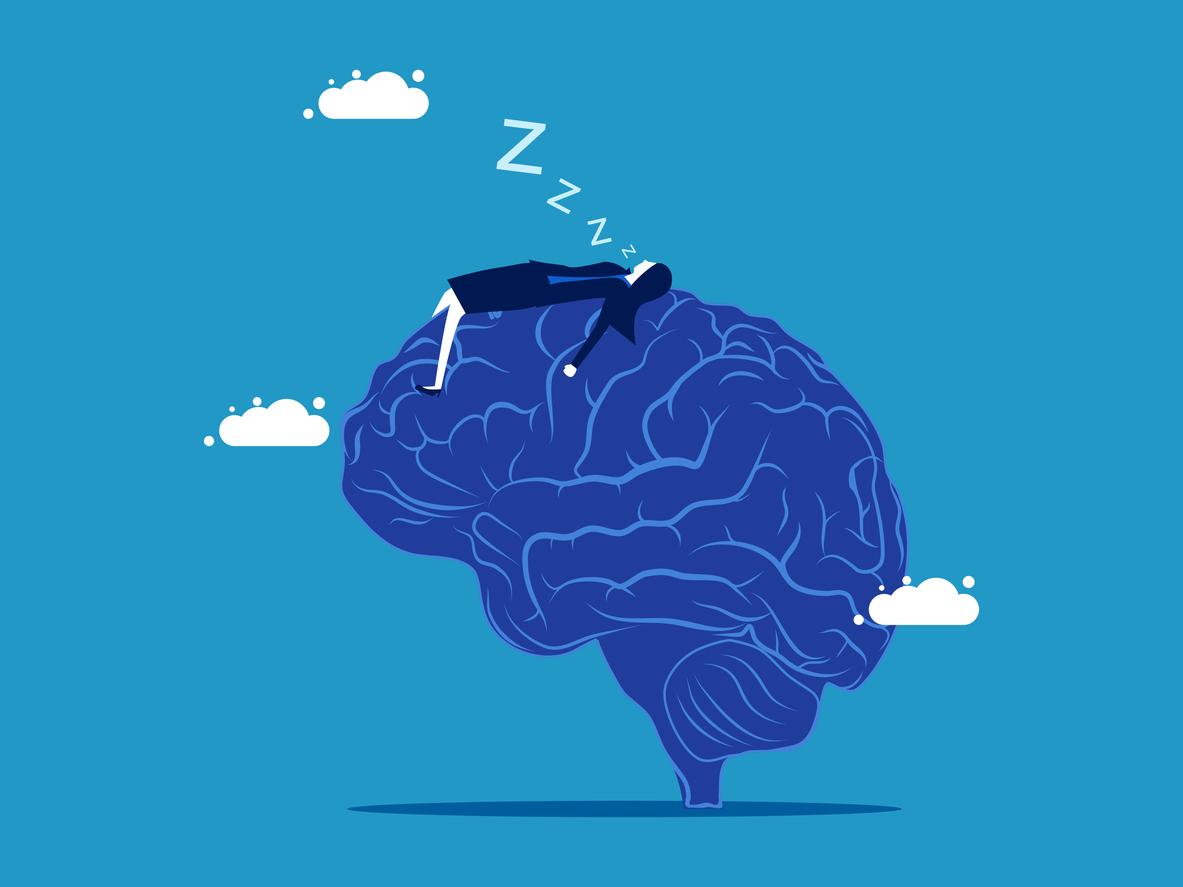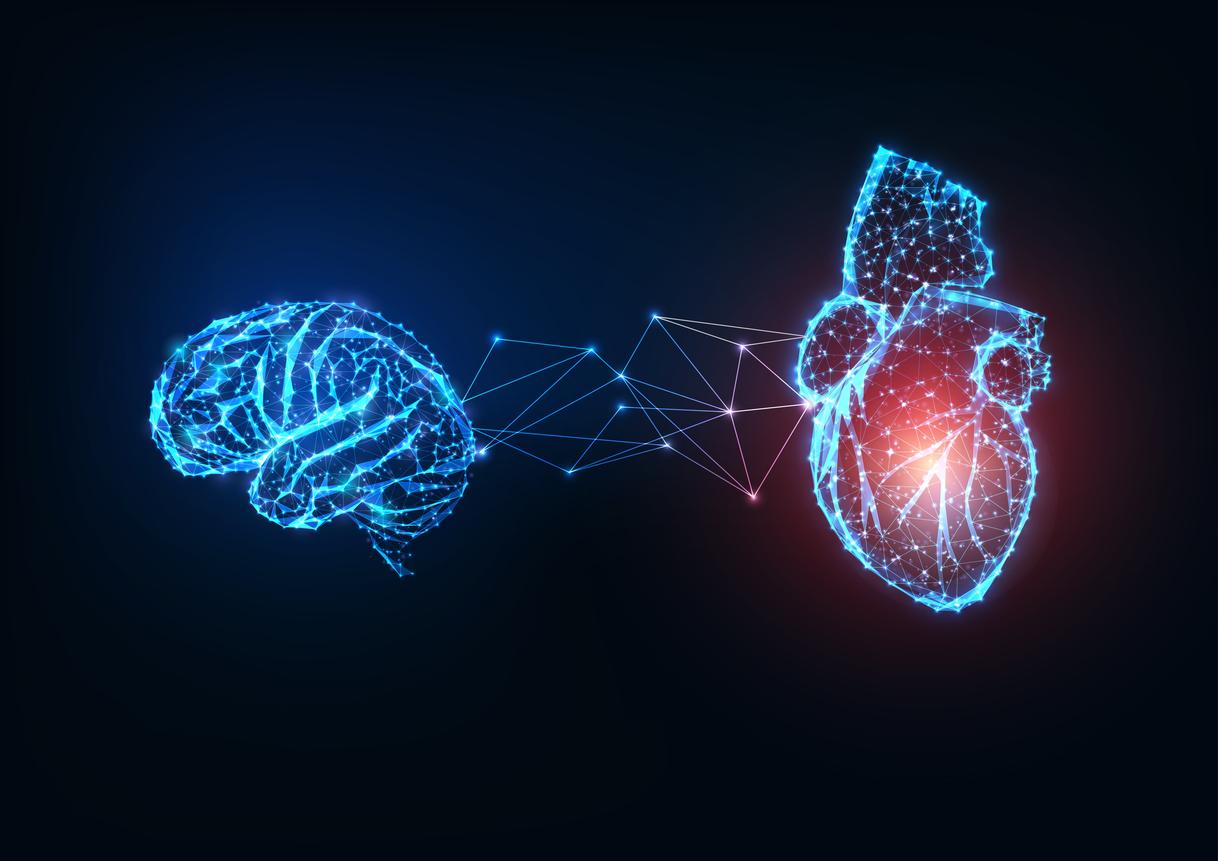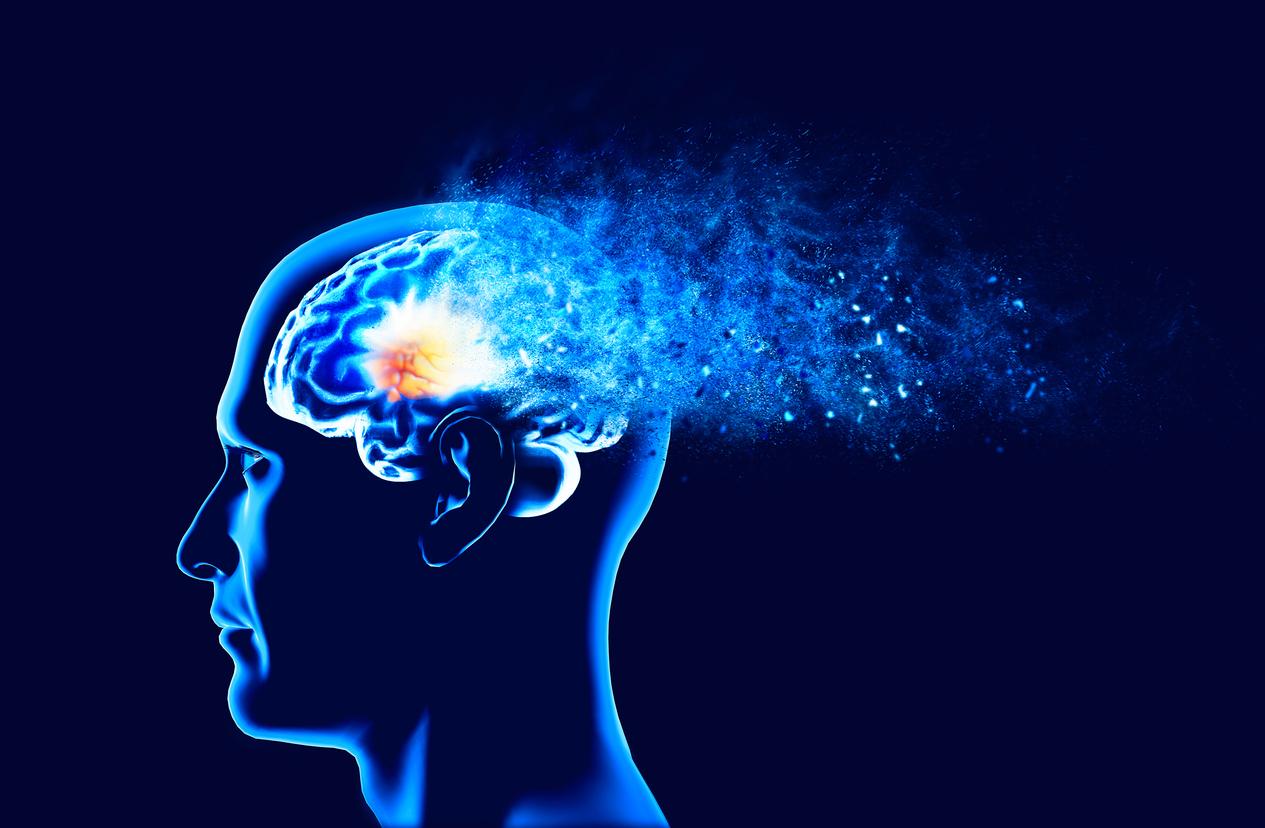
 February 24, 2010 – People who follow a stress reduction program based on mindfulness meditation would see their gray matter increase in certain areas of the brain associated with memory, self-awareness and empathy.
February 24, 2010 – People who follow a stress reduction program based on mindfulness meditation would see their gray matter increase in certain areas of the brain associated with memory, self-awareness and empathy.
A team of researchers1 Americans and Germans observed neurological changes in 16 healthy people, an average of 38 years old. Participants completed a mindfulness meditation-based stress reduction program (called Mindfulness-Based Stress Reduction) for 8 weeks. This program is based on a few yoga movements and on mindfulness meditation which consists among other things in voluntarily paying attention to sensations, emotions and state of mind without making a value judgment.
In addition to weekly group meetings, participants were invited to meditate at home using an audio practice guide, which they did 27 minutes per day on average.
They also underwent brain imaging using magnetic resonance imaging (MRI) before and after the 8-week program. These images were then compared to those of a control group of 17 people.
Analysis of the images revealed an increase in the density of gray matter in the hippocampus, the seat of control of learning and memorization processes, in participants in the meditation group. An increase in this same matter was also noted in the posterior cingulate cortex, the temporo-parietal intersection and the cerebellum, 3 structures associated with self-awareness, empathy and introspection.
The changes observed in these regions may reflect better regulation of emotions and cognition and, therefore, well-being.
The authors of the study are, however, cautious in their analysis. The program under study has several components unrelated to meditation. It cannot therefore be excluded that some positive effects observed result from social interactions during group meetings, exercise (yoga) or education, and not from mindfulness meditation itself. Further studies are therefore necessary.
Louis M. Gagné – HealthPassport.net
1. Hölzel BK, Carmody J et al. Mindfulness practice leads to increases in regional brain gray matter density, Psychiatry Res. 191 (1): 36-43.

















